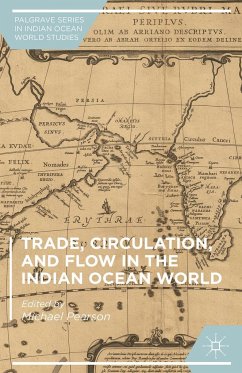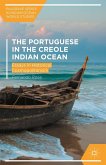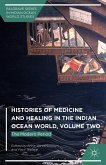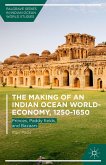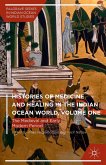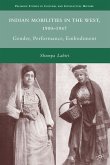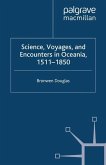Trade, Circulation, and Flow in the Indian Ocean World is a collection which covers a long time span and diverse areas around the ocean. Many of the essays look at the Indian Ocean before Europeans arrived, reminding the reader that there was a cohesive Indian Ocean. This collection includes empirical studies and essays focused on particular area or production. The essays cover various aspects of trade and exchange, the Indian Ocean as a world-system, East African and Chinese connections with the Indian Ocean World, and the movement of people and ideas around the ocean.
"It is an excellent book, addressing critical questions in maritime history concerning its spatial substance and conceptualisation. ... All the chapters are heavily annotated with rich bibliographies. ... they rather provide a solid contribution to the rapidly growing corpus of literature on the Indian Ocean World and a creative point of departure for oceanic orientations to world history." (David Ludden, The International Journal of Maritime History, Vol. 29 (1), February, 2017)

